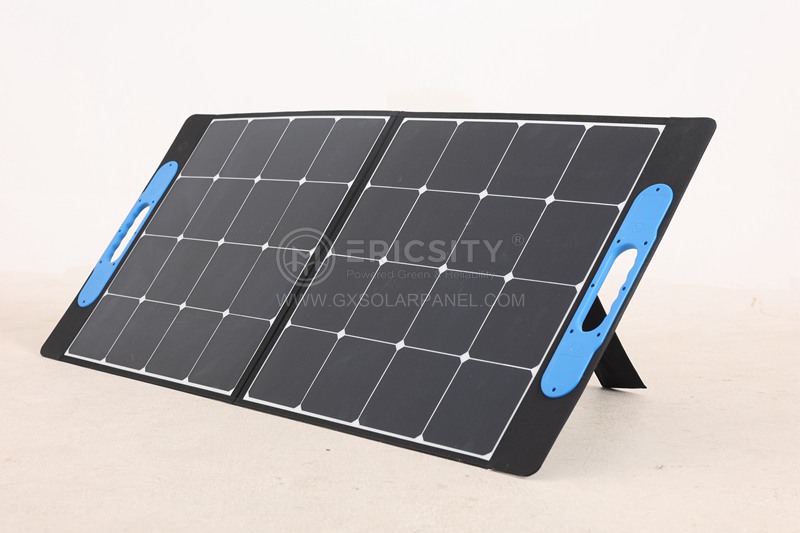HOT PRODUCT
Product Details
amorphous Flexible Solar Panels: The Future Of Solar Energy
Amorphous Flexible Solar Panels: The Future Of Solar Energy
Solar energy has been widely recognized as one of the most promising sources of renewable energy. As the world continues to seek alternatives to fossil fuels, advancements in solar technology have become increasingly vital. One remarkable innovation that holds great potential is amorphous flexible solar panels, often referred to as thin-film solar panels. This article explores the characteristics, advantages, and future prospects of amorphous flexible solar panels in revolutionizing the solar energy industry.
Amorphous solar panels are constructed using non-crystalline silicon, providing them with distinct advantages over traditional crystalline solar panels. Unlike their rigid counterparts, amorphous panels are made up of a silicon film that can be as thin as 1 micrometer, making them significantly more flexible. This flexibility enables them to be integrated into a broad range of applications that were previously inaccessible to solar energy harnessing.

One notable advantage of amorphous flexible panels is their versatility and adaptability. Their flexibility allows them to be installed on surfaces that are curved or irregular, expanding the possibilities for deployment. Their unique design also offers more discreet and seamless integration into various products and structures, such as building materials, vehicle surfaces, backpacks, and even clothing. These panels have the potential to transform everyday objects into solar energy generators, making sustainable power generation more accessible and efficient.
In terms of efficiency, amorphous flexible solar panels have also shown remarkable progress. While they have a lower efficiency compared to crystalline panels, advancements in thin-film technology have led to significant improvements. Initially, amorphous panels had an efficiency rate of around 5-6%. However, recent developments have pushed the efficiency up to around 10-12%, making them a viable alternative to traditional solar panels in certain applications.
Another advantage of amorphous flexible panels is their ability to produce electricity in low-light conditions. Traditional solar panels rely heavily on direct sunlight to generate power, making them less efficient in overcast or shaded areas. Conversely, amorphous panels can capture a broader spectrum of light, including diffused and indirect sunlight. This versatility makes them more effective in locations with limited direct sunlight, such as urban environments or regions with frequent cloud cover.
Moreover, the manufacturing process of amorphous flexible solar panels offers significant advantages. Unlike crystalline solar panels, which require high temperatures and expensive production methods, amorphous panels can be manufactured at lower temperatures and adapted to roll-to-roll production techniques. This streamlined manufacturing process reduces overall production costs, making amorphous panels more economically viable.


The future of amorphous flexible solar panels looks promising, with numerous opportunities for further improvement and wider adoption. Ongoing research aims to enhance the efficiency and longevity of these panels, as well as explore new materials for their construction. Integrating them into smart devices and wearables is also a potential avenue for development, paving the way for self-powered and environmentally friendly technology.
Additionally, the potential impact of amorphous flexible solar panels on power generation infrastructure is noteworthy. The lightweight and flexible nature of these panels makes them easier to transport and install, reducing logistical challenges associated with solar power deployment. They also have the advantage of being less susceptible to damage from external factors such as hail or wind, ensuring longer durability.
In conclusion, amorphous flexible solar panels offer a compelling vision for the future of solar energy. Their flexibility, adaptability, and increasing efficiency make them an attractive alternative to traditional solar panels. As advancements continue and production costs decrease, amorphous flexible solar panels have the potential to revolutionize the solar energy industry. By integrating them into a wide range of applications, we can harness the power of the sun more efficiently and pave the way for a sustainable energy future.




